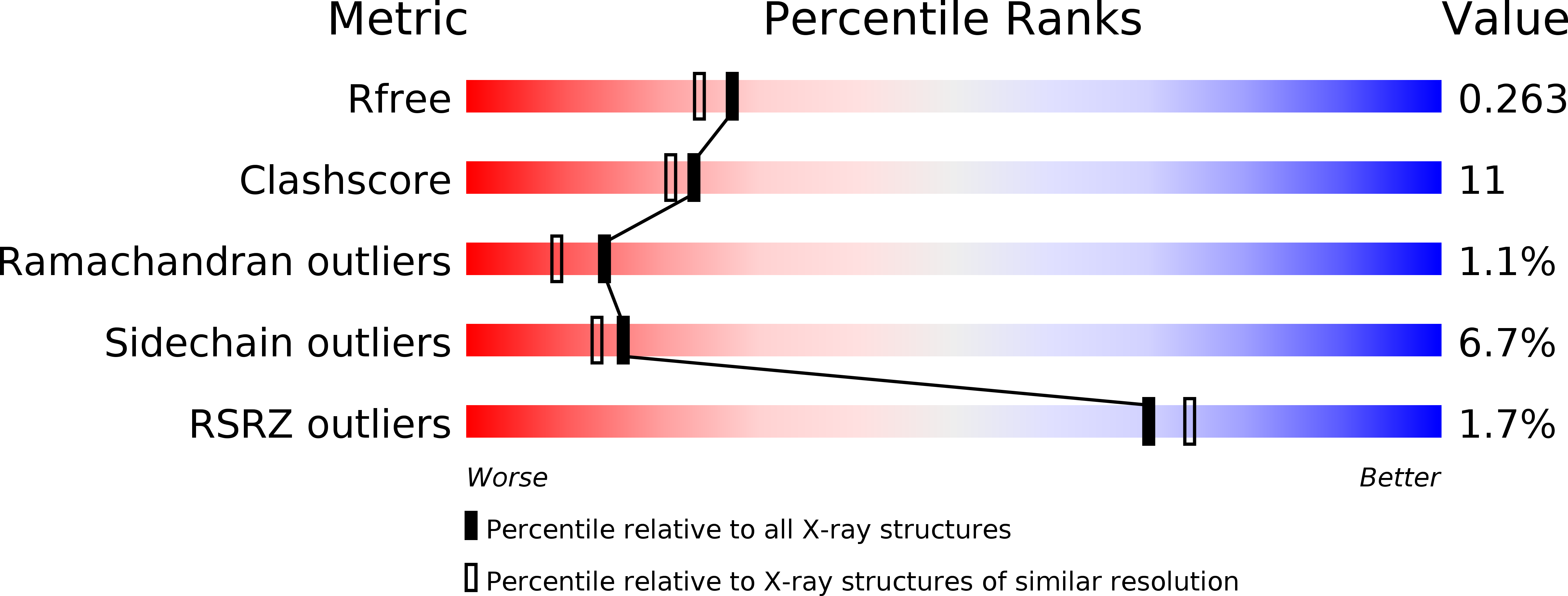
Deposition Date
2007-08-31
Release Date
2008-04-29
Last Version Date
2024-02-21
Entry Detail
PDB ID:
2R4E
Keywords:
Title:
Crystal structure of Escherichia coli Glycerol-3-phosphate Dehydrogenase in complex with DHAP
Biological Source:
Source Organism:
Escherichia coli (Taxon ID: 562)
Host Organism:
Method Details:
Experimental Method:
Resolution:
2.10 Å
R-Value Free:
0.25
R-Value Work:
0.19
R-Value Observed:
0.20
Space Group:
I 2 2 2


